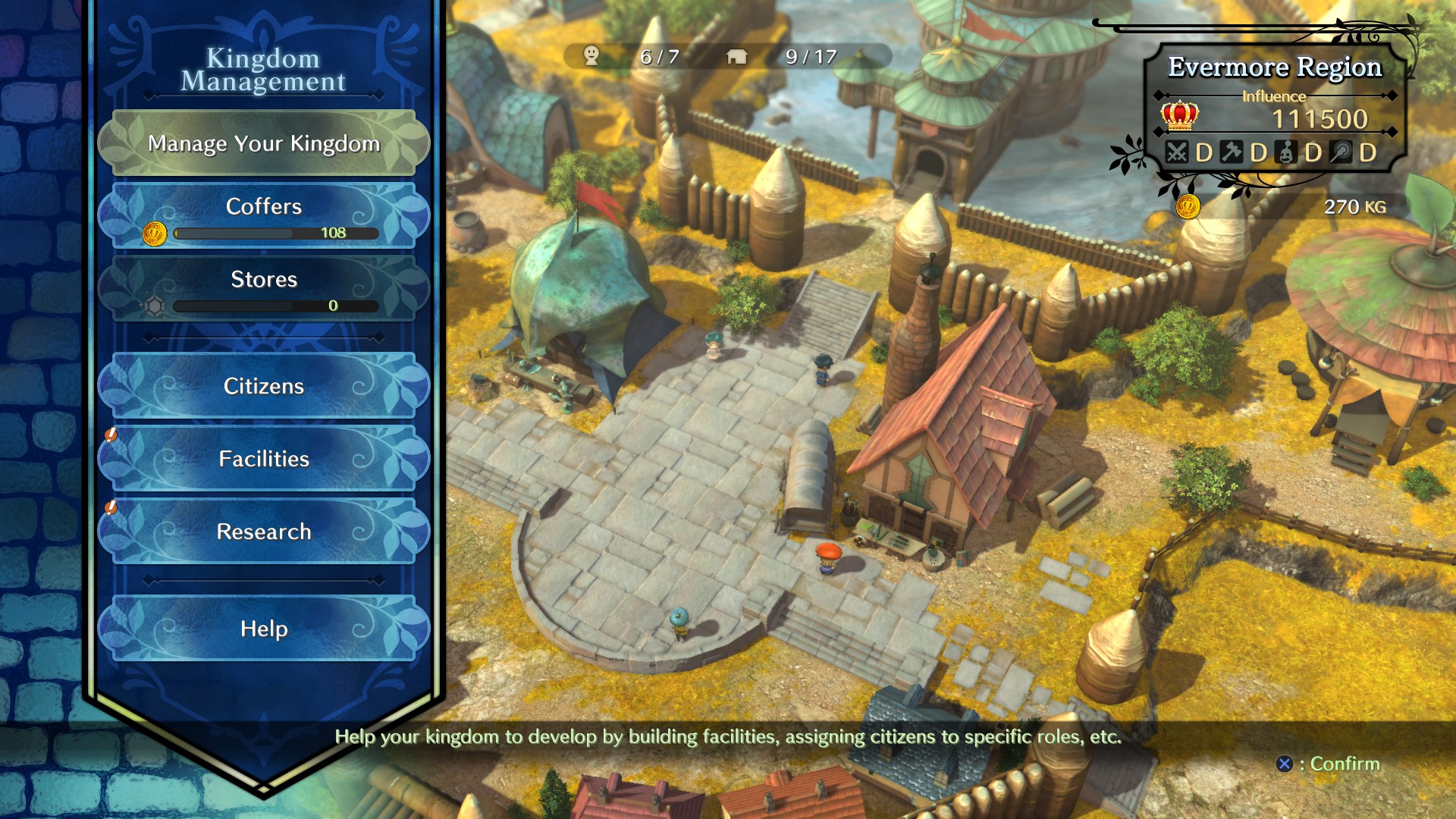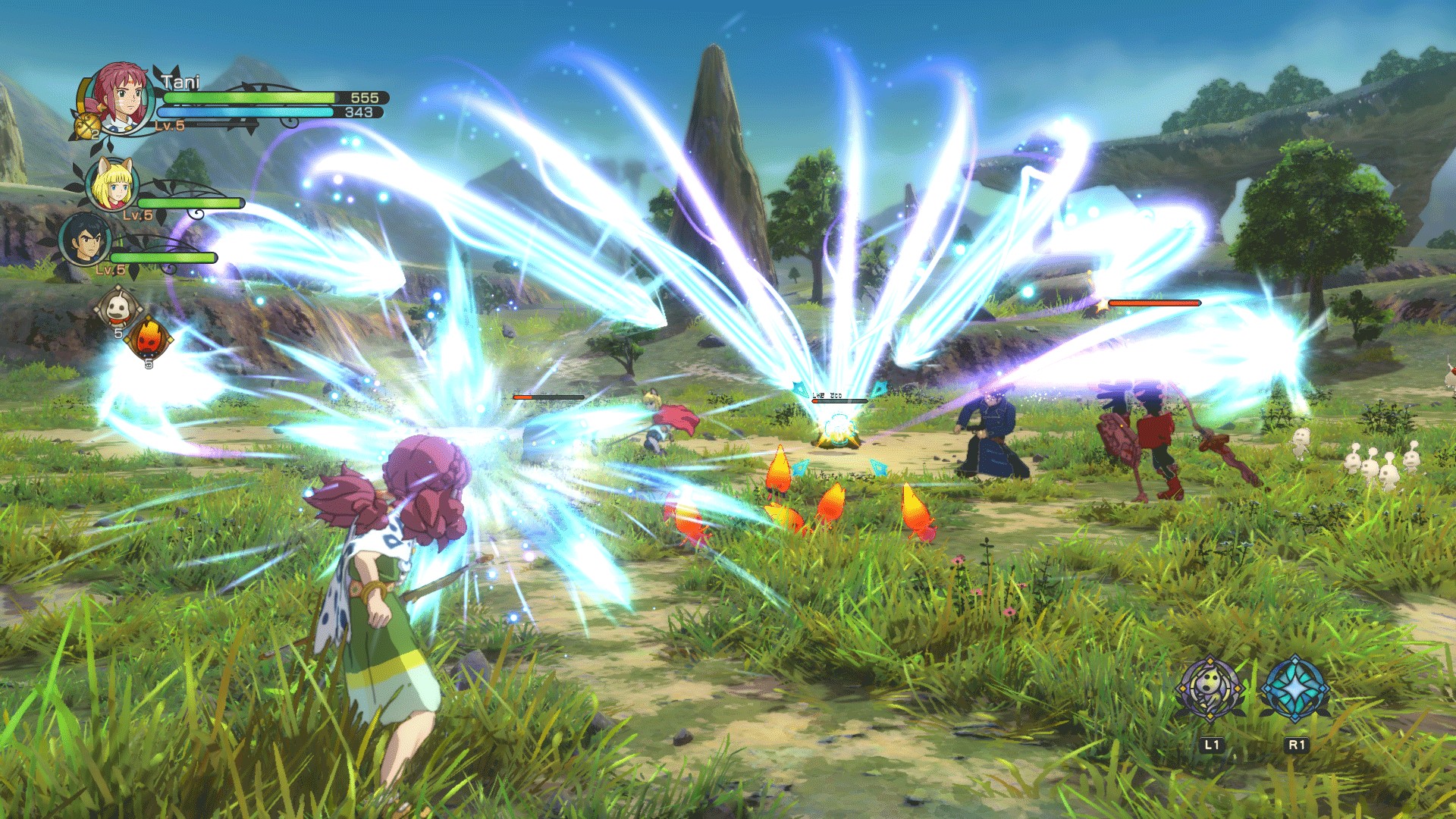


On the other hand, our GTX690 – which behaved similarly to a single GTX680 – was able to push a minimum of 43fps and an average of 46fps.

Both our AMD Radeon RX580 and NVIDIA GTX980Ti were able to run the game with constant 60fps at 1080p on the highest settings. Ni no Kuni 2 also does not require a high-end GPU in order to be enjoyed. Our six-core and simulated quad-core systems performed similarly and offered a minimum of 154fps and an average of 158fps. With Hyper Threading enabled, our simulated dual-core system was able to run the game with a minimum of 95fps and an average of 125fps. On our simulated dual-core system with Hyper Threading disabled, the game was literally unplayable and ran with 1-3fps. For our CPU tests we also lowered our resolution to 1024x768 so we could eliminate any possible GPU bottleneck. In order to find out how the game performs on a variety of CPUs, we simulated a dual-core and a quad-core CPU. Ni no Kuni 2 does not require a powerful CPU. There are also options to enable/disable Motion Blur, Depth of Field, Bloom and Sunshafts, and there is an option for the framerate (30, 60 or unlimited). PC gamers can adjust the quality anti-aliasing, SSAO, screen space reflections, Shadows, Textures. Level-5 has added a few graphics settings. NVIDIA has not included any SLI profile for this game, meaning that our GTX690 behaved similarly to a single GTX680. The game has just been released on the PC so it’s time now to benchmark it and see how it performs on the PC platform.įor this PC Performance Analysis, we used an Intel i7 4930K (overclocked at 4.2Ghz) with 8GB RAM, AMD’s Radeon RX580, NVIDIA’s GTX980Ti and GTX690, Windows 10 64-bit and the latest version of the GeForce and Catalyst drivers. Ni no Kuni 2: Revenant Kingdom is a new RPG developed by LEVEL-5, with participation from former Studio Ghibli animator Yoshiyuki Momose and music composed by Joe Hisaishi.


 0 kommentar(er)
0 kommentar(er)
